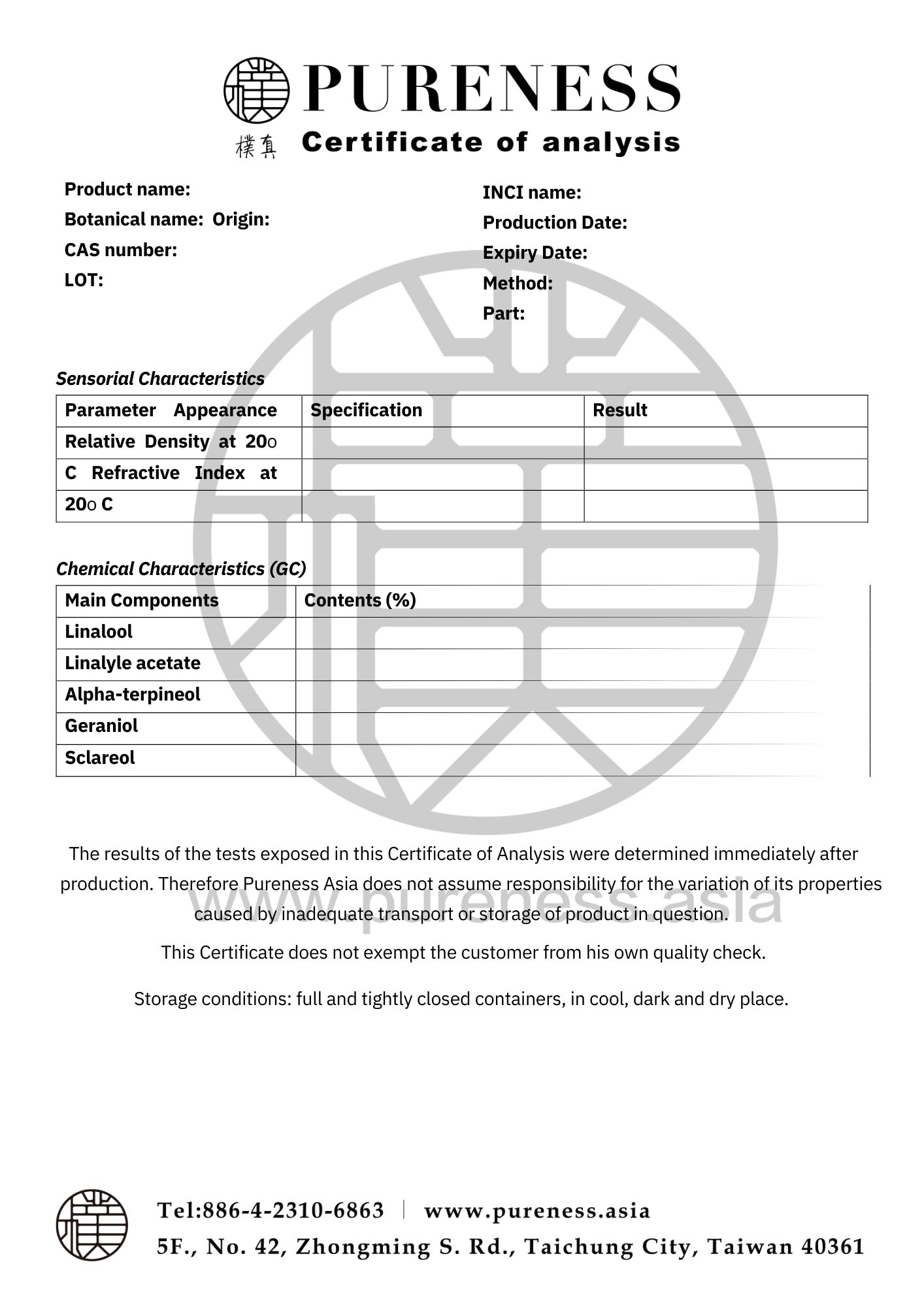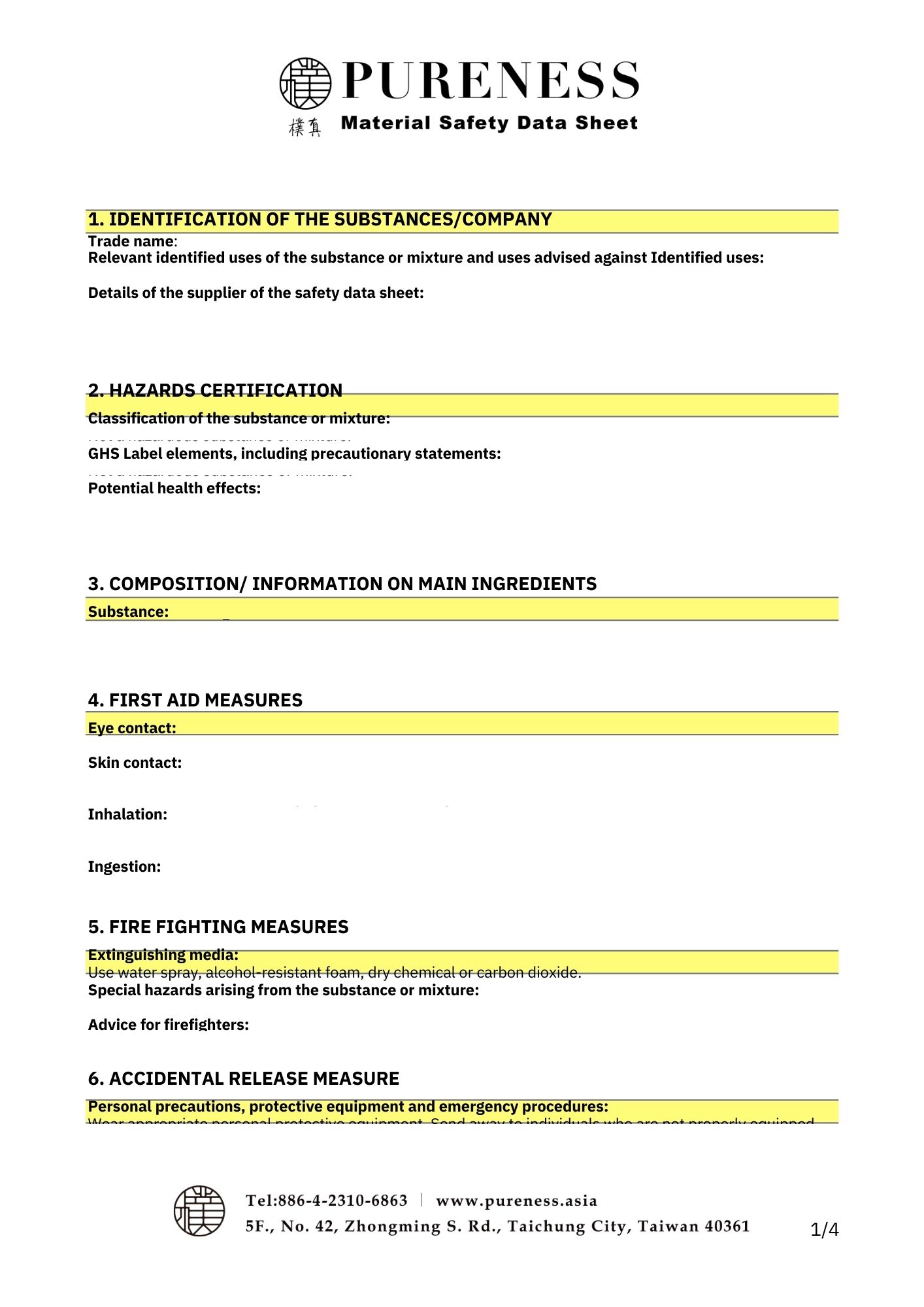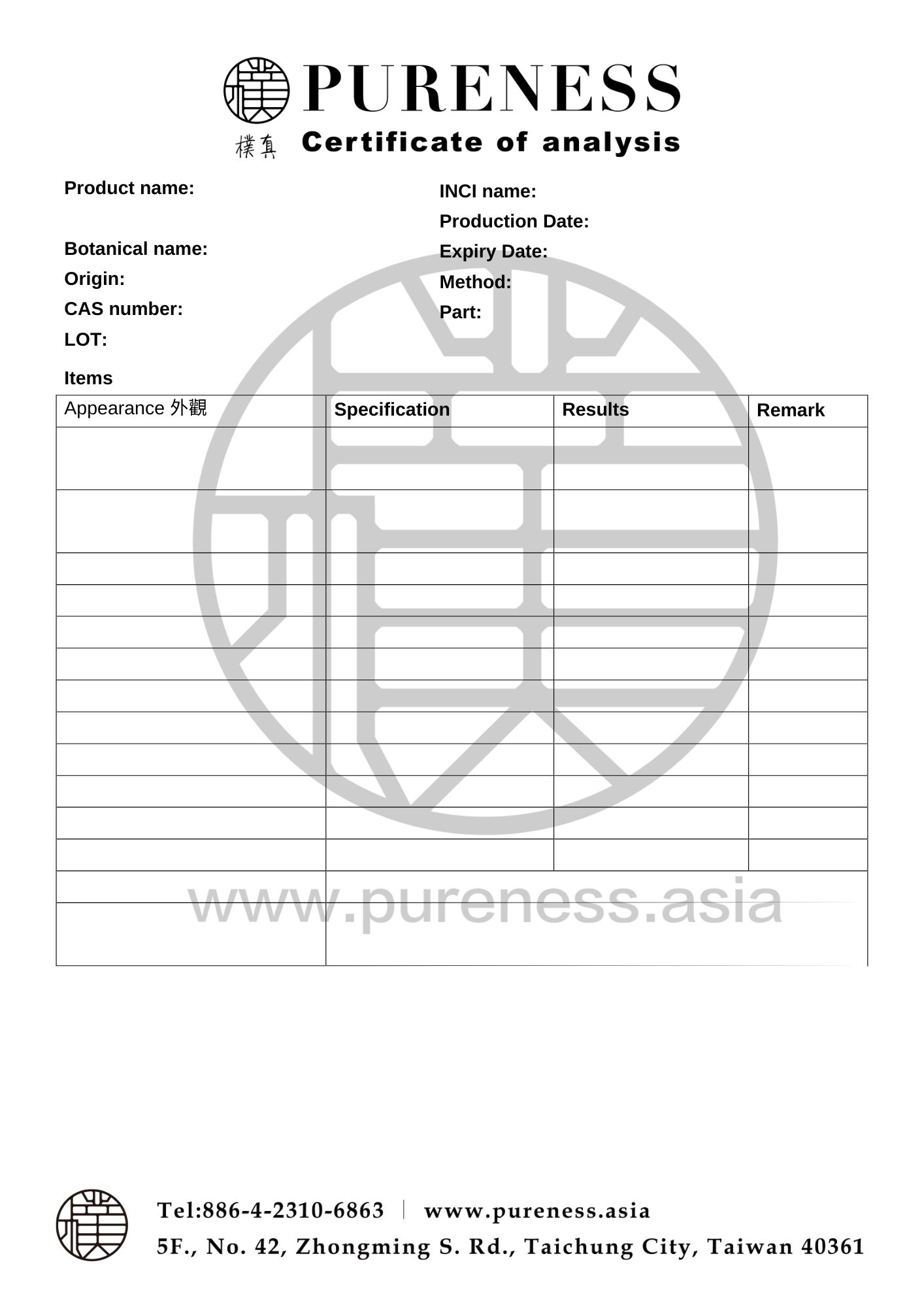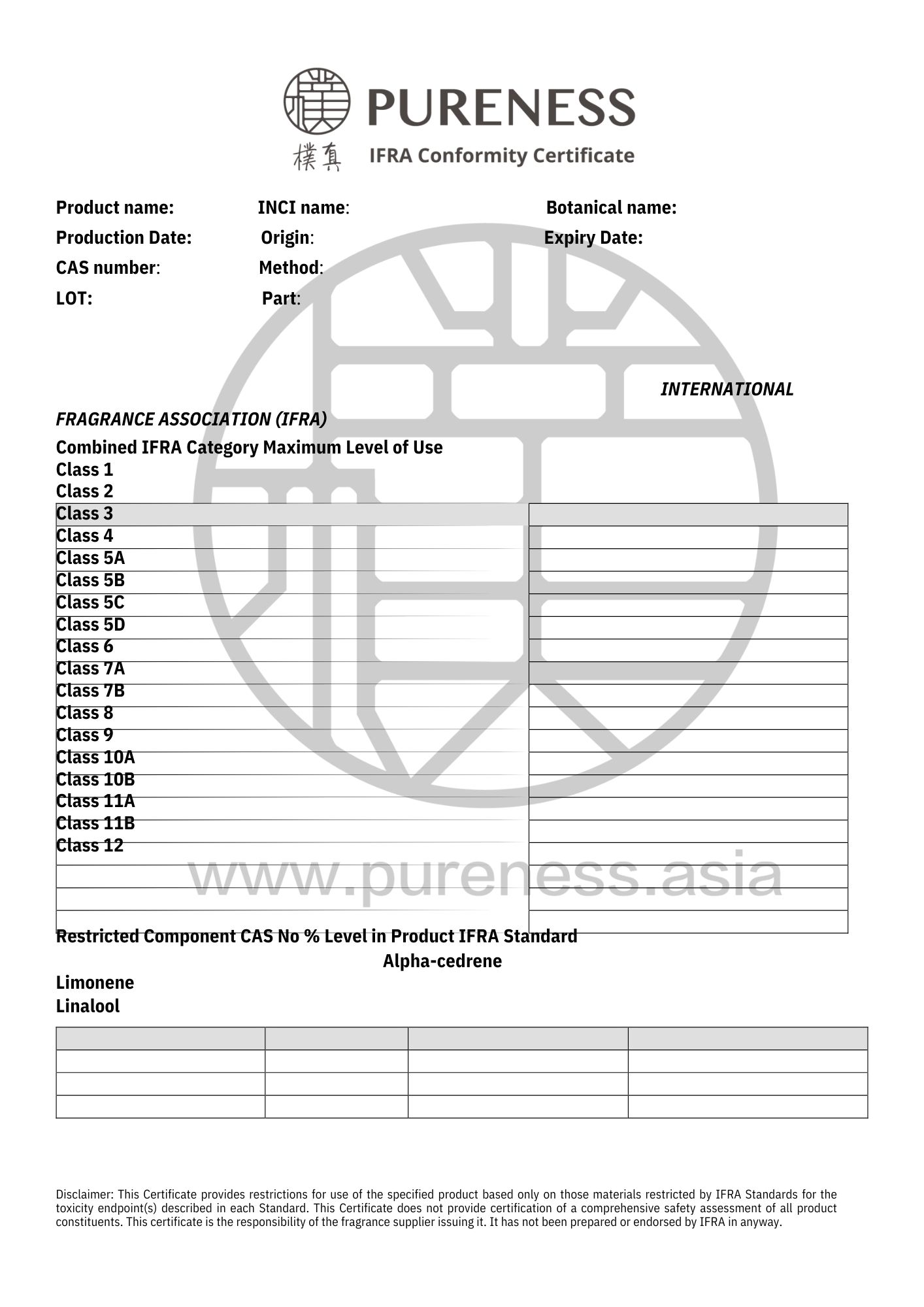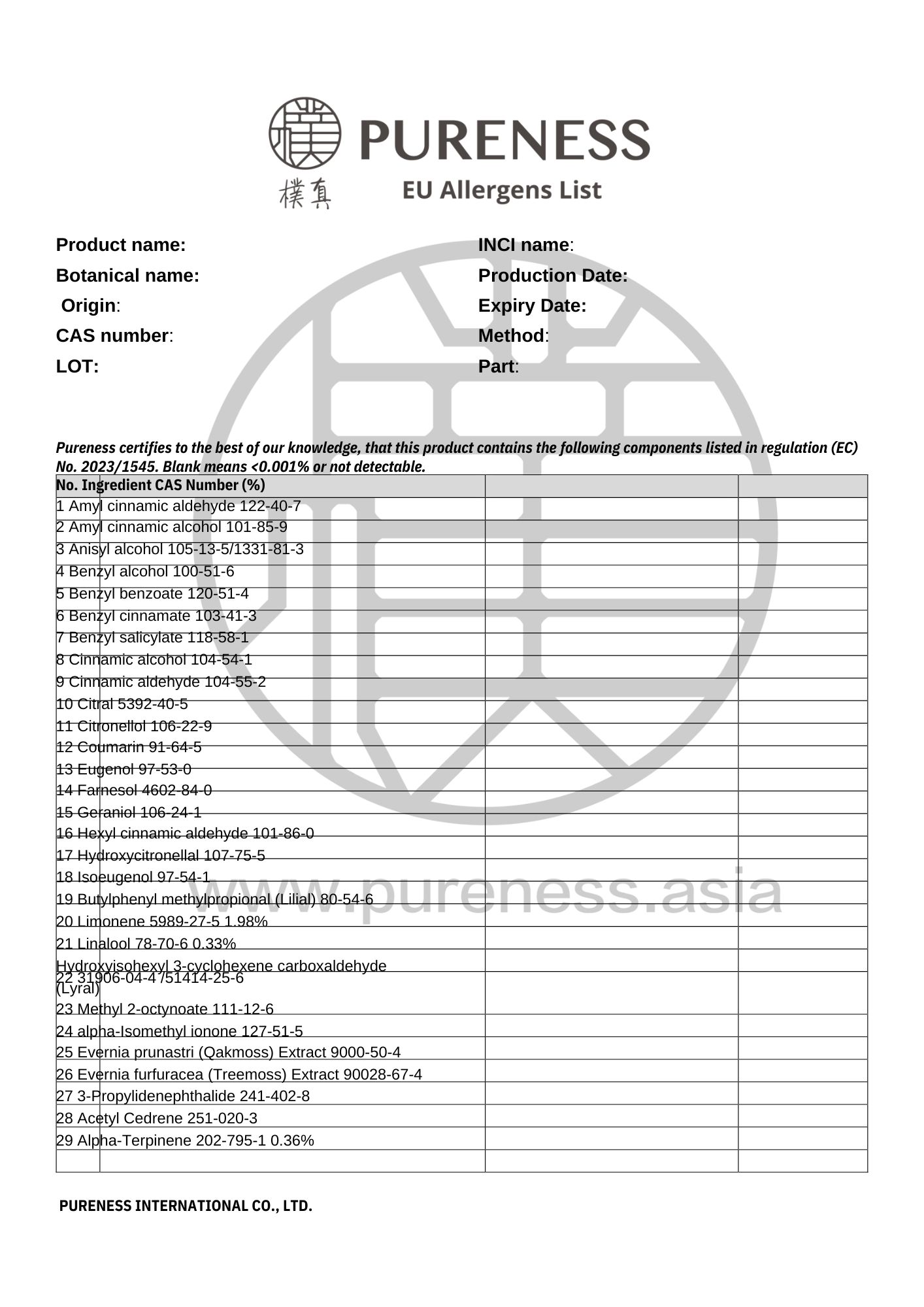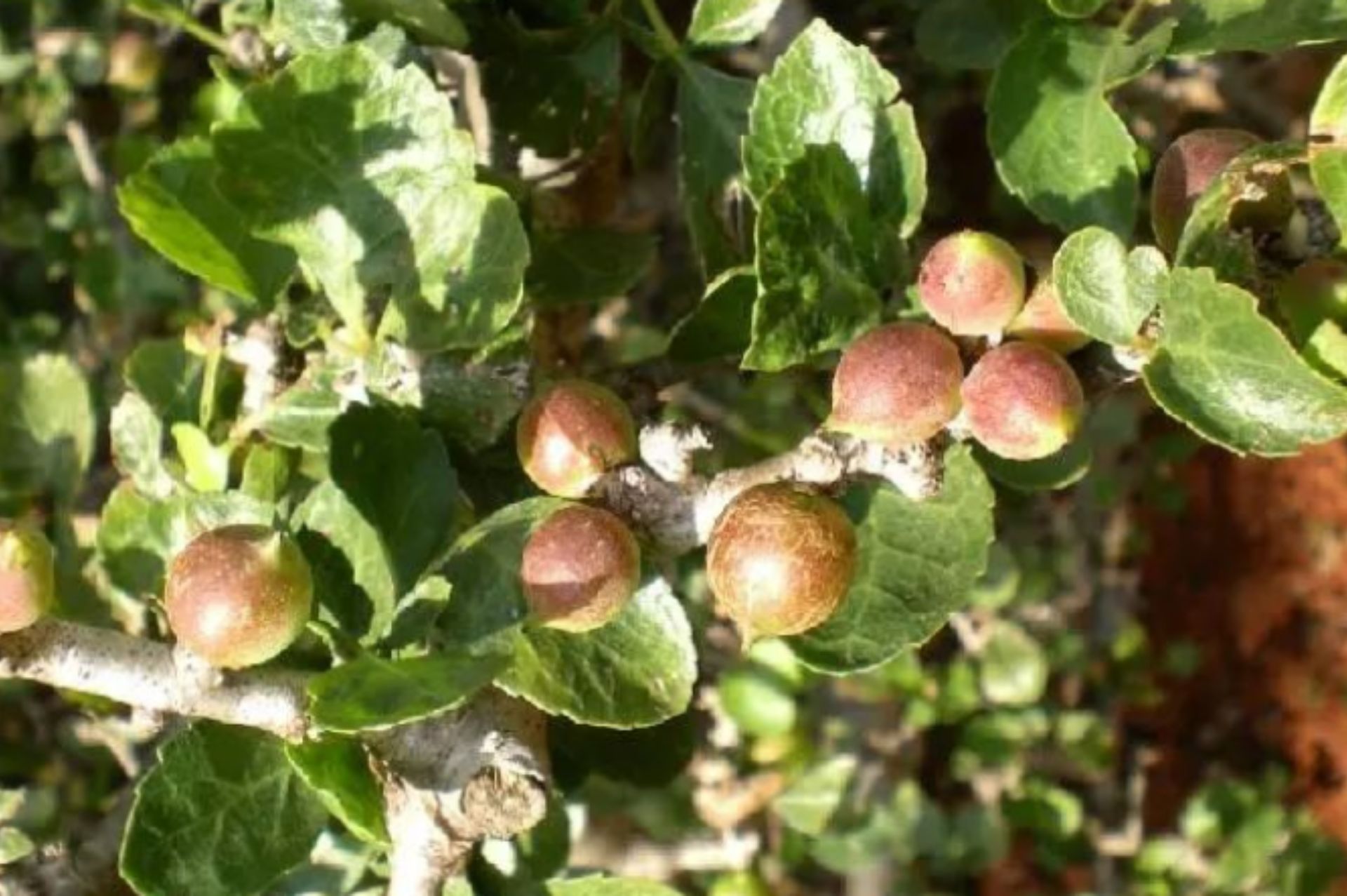
Linaloe Seed
Scientific name|Bursera delpechiana
Origin|India
Classification|Fruit series
Specifications|500g-25kg Please contact sales for details
Extraction part|Fruit
Extraction method | Distillation
Plant family|Oleaceae
Aroma|Soft and delicate with a woody, floral aroma
▎Essential Oil Introduction
Linaloe seed, also known as Indian Lavender Tree. Its name comes from the high content of linalool found in Mexican Linaloe, where "linaloe" derives from its high linalool content. Native to Mexico, this resilient plant propagates via seeds and requires minimal care, thriving in dry, hot climates.
Introduced to India in 1912, Mexican Linaloe oil is now considered to have superior quality compared to its Mexican counterpart. The essential oil from these regions differs slightly: Indian Linaloe oil is primarily derived from the dried fruit husks and is rich in benzyl acetate, while Mexican Linaloe oil is distilled from both wood and fruit, with a high linalool content. The aroma is complex, featuring woody top notes followed by floral and warm tropical spice nuances. The oil is obtained from the fruit, similar to black pepper, resulting in a warm, aromatic essential oil.
In the 1920s, a Russian and Indian couple began cultivating Linaloe in India, promoting the plant in Bangalore and Karnataka. They established a 300-acre plantation for harvesting and distilling the fruit to produce the essential oil. The aromatic profile and chemical structure of Linaloe seed closely resemble rosewood, making it a suitable alternative for those seeking the benefits of rosewood, especially after rosewood's conservation status increased.
▎Component Analysis
|Main component: Monoterpenols
The main components include linalool, benzyl acetate, geranyl acetate, and β-caryophyllene. These compounds contribute to a gentle and balanced fragrance profile.
|Research Validation

▸ Studies have shown that the essential oils of three medicinal plants—coriander, Linaloe seed (Indian Lavender Tree), and spike lavender—exhibit anesthetic effects on aquatic plants.
|Raw Material Certifications
To obtain relevant certification information, please contact us on WhatsApp.
▎References
- Caputo L, et al. Lavender and coriander essential oils and their main component linalool exert a protective effect against amyloid-β neurotoxicity. Phytother Res. 2021. Jan;35(1):486-493.
- Vairinhos J, et al. Essential oils of spontaneous species of the genus Lavandula from Portugal: a brief review. Z Naturforsch CJ Biosci. 2020. Jul 28;75(7-8):233-245.
- Erkan Can et al. Anesthetic Efficiency of Three Medicinal Plant Oils for Aquatic Species: Coriander Coriandrum sativum, Linaloe Tree Bursera delpechiana, and Lavender Lavandula hybrida. J Aquat Anim Health 2019 SepSep;
- Caputo L, et al. Coriandrum sativum and Lavandula angustifolia Essential Oils: Chemical Composition and Activity on Central Nervous System. Int J Mol Sci. 2016. Nov 30;17(12):1999.
- Bogavac M, et al. Alternative treatment of vaginal infections – in vitro antimicrobial and toxic effects of Coriandrum sativum L. and Thymus vulgaris L. essential oils. J Appl Microbiol. 2015. Sep:19(3719(
- Ghazilou, A., and F. Chenary. Evaluation of rosemary oil anesthesia in carp. Journal of Veterinary Research 2011.15:112-118.
- Burdoc k, GA, and IG Carabin. Safety assessment of coriander (Coriandrum sativum L.) essential oil as a food ingredient. Food Chemistry and Toxicology 2009. 47:22-34.
- Barocelli, E., F. Calcina, and M. Chiavarini. Antinociceptive and gastroprotective effects of inhaled and orally administered Lavandula hybrida Reverchon 'Grosso' essential oil. Life Sciences 2004. 76:213.
|Some images sourced from the internet. Contact for copyright removal|
